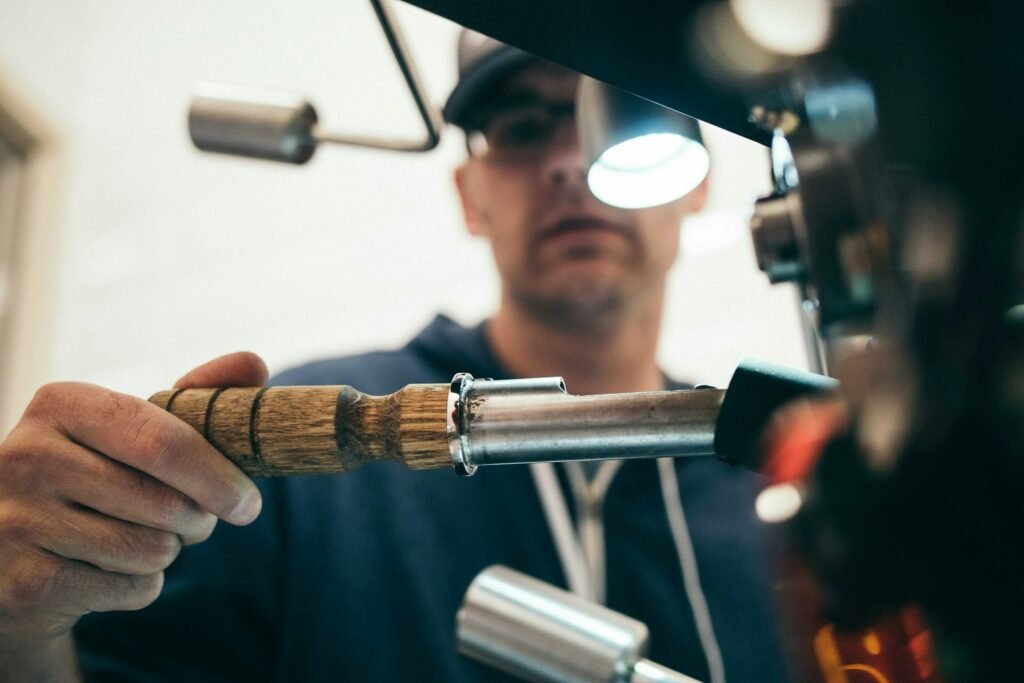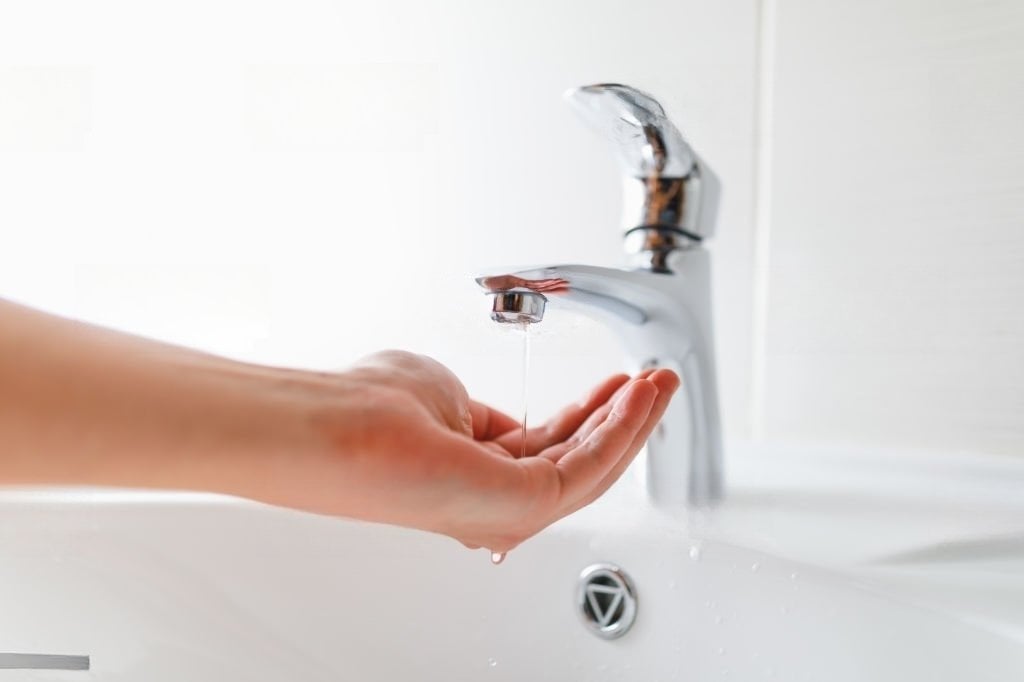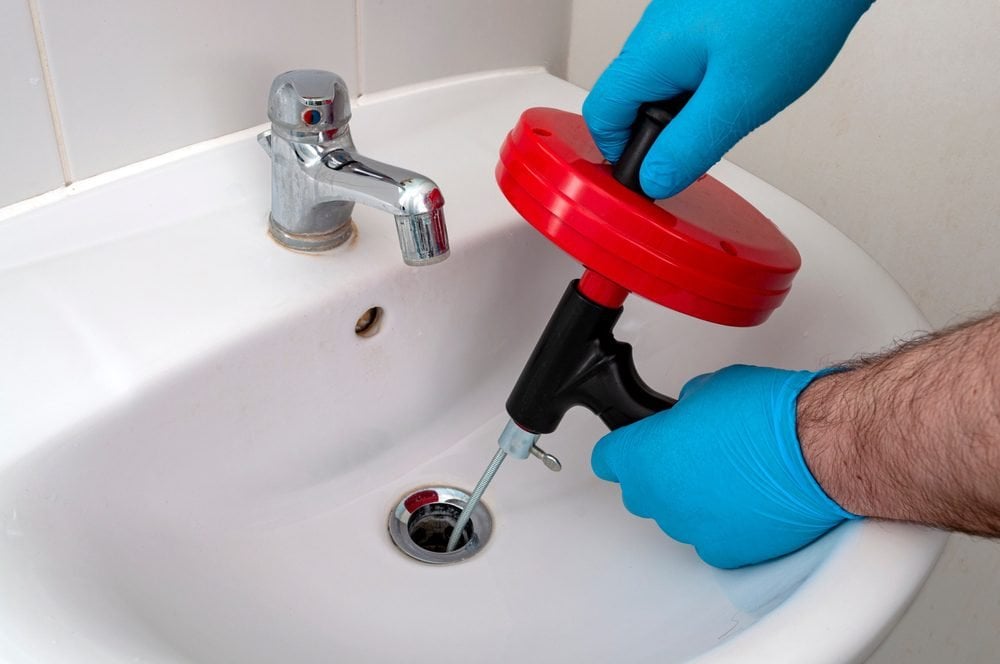Blog
-
How to Spot Hidden Leaks in Your Plumbing
Hidden leaks in your plumbing system can wreak havoc on your home, causing water damage, mold growth, and a significant increase in your water bill. Detecting these leaks early is crucial to prevent costly repairs and conserve water. In this guide, we’ll explore effective methods to spot hidden leaks in your plumbing before they escalate into major problems.

Unexplained Increase in Water Bill
One of the first indicators of a hidden leak is a sudden spike in your water bill without any noticeable change in your water usage habits. If you notice a significant increase in your monthly water expenses, it’s essential to investigate the cause promptly.
Persistent Musty Odors
Hidden leaks often lead to moisture buildup, which creates a damp environment conducive to mold and mildew growth. If you detect musty or moldy odors in certain areas of your home, such as bathrooms, kitchens, or basements, it could indicate the presence of hidden leaks.
Water Stains and Discoloration
Keep an eye out for water stains or discoloration on walls, ceilings, or floors, particularly in areas near plumbing fixtures or pipes. These stains may appear as yellowish-brown patches or streaks and can signal ongoing water leakage behind the surfaces.
Warped or Sagging Flooring
Excess moisture from hidden leaks can cause wooden flooring to warp or become uneven. If you notice any unusual changes in your flooring, such as buckling, warping, or soft spots, it could be a sign of water damage from concealed leaks.
Sounds of Running Water
If you hear the sound of running water when no faucets or appliances are in use, it may indicate a hidden leak within your plumbing system. Pay attention to any unusual sounds, such as hissing or dripping noises, coming from walls, floors, or ceilings.
Methods to Spot Hidden Leaks
Conduct a Meter Test
A meter test involves shutting off all water sources in your home and monitoring your water meter for any signs of activity. If the meter continues to register water usage despite no water being consumed, it suggests a leak somewhere in your plumbing system.
Check Your Water Pressure
A sudden decrease in water pressure throughout your home can be a symptom of a hidden leak. Use a pressure gauge to measure the water pressure at various faucets and fixtures. Inconsistent pressure levels or a significant drop in pressure indicate a possible leak.
Inspect Visible Pipes and Fixtures
Take the time to visually inspect exposed pipes, joints, and fixtures for signs of leakage, such as dripping water, corrosion, or mineral deposits. Pay close attention to areas under sinks, behind toilets, and around water heaters.
Use Food Coloring
To detect leaks in toilet tanks, add a few drops of food coloring to the tank and wait for several minutes without flushing. If the water in the toilet bowl changes color, it indicates a leak from the tank into the bowl, prompting further investigation or repairs.
Monitor Water Usage Patterns
Keep track of your water usage patterns and be vigilant for any irregularities, such as unexplained fluctuations or prolonged periods of water consumption during times when no water is being used.
Spotting hidden leaks in your plumbing system requires attentiveness and proactive monitoring. By recognizing the signs of hidden leaks and employing effective detection methods, you can safeguard your home from water damage and costly repairs. Remember to address any suspected leaks promptly to prevent further damage and conserve water resources for a sustainable future.
-
Reduce Low Water Pressure With Our Expert Solutions

Inadequate water pressure can negatively impact your life, from washing machines that take longer to fill, to dishwashers that are less efficient and faucets that slow to a dribble.
If you’re experiencing a decline in your water pressure, it’s time to start troubleshooting. But first, you must determine what’s causing it.
1. Water Meter Valve
If you’re a homeowner, you know just how frustrating it can be to have low water pressure. But don’t worry – there are plenty of expert solutions you can use to increase your home’s water pressure, whether it’s at just one fixture or the entire plumbing system.
The first step in solving a low water pressure problem is to get to the source of the issue – your pipes. Here are a few things you can do to diagnose your problem and get it fixed:
1. Make sure the Water Meter Valve is Open
This valve is located on your property, usually right by your water meter. It controls water flow from the city water supply into your house. It can be difficult to reach and may require a professional plumber to access it, but it’s worth checking to see if it needs to be adjusted.
2. Fully Open Your Main Shutoff Valves
Homes typically have one shutoff valve that is located inside the home close to where the main water supply pipe enters the home. Some homes also have a second valve that is located outside of the house or in a utility box on the property. This valve, called the water meter valve, controls the flow of water from your home’s water supply into the main water system.
To properly adjust your water meter valve, locate the valve and look for a handle that is similar to a hose nozzle. Fully open the valve by spinning it counterclockwise as far as it can go or lowering the handle so that it’s parallel with the water pipe.
3. Turn the Pressure Reducer Screw
To increase your water pressure, tighten the pressure reducer screw by turning it clockwise; to decrease it, turn it counterclockwise. This adjustment should be done in small increments.
4. Change the Pressure Regulator
If the aforementioned steps haven’t resolved your water pressure issues, it’s time to replace the regulator that’s regulating your water. Replacing a worn or malfunctioning regulator can help boost your home’s water pressure by up to 30 percent.
2. Clogged Pipes
Clogged pipes are one of the most common problems in plumbing systems. If they aren’t treated quickly, these clogs can affect water pressure in your home.
If you’re experiencing low water pressure in your home, the first thing you should do is check your water meter valve to see if it’s closed. If it is, your home needs to be inspected by a professional plumber.
Another important step is to check your drain lines for a build-up of dirt and debris. If you have a problem with this, it could be an indication that the pipe is clogged and will need to be repaired or replaced.
A clog in your kitchen sink or bathtub drain can be caused by food particles, soap, grease, and other items that get caught in the pipes. These substances may seem harmless at first, but they can form tough clogs over time.
To help with this, pour hot water down your drain to break up the blockage. Then, add vinegar and baking soda to the water, which will cause a chemical reaction that can unclog your drain.
You can also rent a drain-cleaning machine with a cable long enough to reach your drain line. This machine will pull the clog out with a cable attached to an electric motor.
In addition to removing the clog, this machine can clean out the pipe and restore your water pressure. The rental agent should teach you how to use this device.
Other causes of a clogged drain can include tangled tree roots, which can enter your main sewer line and obstruct water flow. This is often a very difficult problem to fix.
Scale buildup on the inside of older pipes can also increase the clog’s likelihood. This is a more serious problem than it seems, as the scale can erode the walls of your pipes and cause leaks.
-
Get Rid of Clogged Water Pipes With Expert Services

Clogged water pipes are a common plumbing problem that can cause severe damage to your home. This is why it’s important to understand the telltale signs that indicate a clog.
If you notice these signs, it is best to call a plumber right away. This will help to save you time, money and mess!
Hydro-jetting
Plumbing systems are vital for keeping our homes clean and safe. But they can also cause problems when they’re not properly maintained and cleaned.
When your home’s plumbing system is in trouble, the most important thing you can do is to get professional help. Plumbers can provide a variety of services to get your pipes back in working order.
Hydro-jetting is a service that uses high pressure water to remove clogs and clean pipes. This process can be extremely effective and thorough.
Unlike snaking or drain cleaner, the rush of water covers the entire cross-section of your pipes and leaves little residue behind.
The nozzle of a hydro jet will push against your clog, exerting enough pressure to break it up and start dissolving it. This is an incredibly effective method that can handle anything from hair and grease to scale and food particles.
Pipe cleaning
If you’re having a difficult time getting rid of clogs in your home or business, you may want to consider professional services. Pipe cleaning is one of these services and can help to clear blockages and other problems with your pipes.
Often, you can try to clear a clog with household remedies such as hot water and grease-dissolving soap. But these methods don’t always work and could damage your pipes in the process.
A good way to get a clog out is to find the main drain line and access it through a clean-out hole. This is easier to do in homes because the line usually is a noticeable-shaped hole and is accessible without having to dig a lot.
However, if you have a more complex clog or a large area that’s causing bad water pressure, it might be time for a professional plumber to take a look at it. They will be able to find out where the problem is and can remove the clog for you.
Rooter service
Clogged water pipes are a common problem and often cause headaches down the line. The good news is that they are largely preventable with proper drain maintenance.
Thankfully, residential plumbing services offer a variety of tips to keep your system in top condition. A foul odor, unresponsive flushing, and backed up toilet or sink are all signs you need the help of a pro.
One of the most impressive plumbing gizmos is a fancy schmooze named “rooter” that uses modern technology to safely locate and break up any blockages you may have. It was the first of its kind and is made using a washing machine motor, roller skate wheels and steel cable to stretch and bend its way through the pipe in question. The best part is it’s a lot safer than it sounds! If you have a clogged toilet or sink that needs the attention of an expert, call Roto-Rooter. We’ll have a plumber at your door in no time!
Pipe replacement
Clogged water pipes are an issue that is best handled by professional plumbers. They can clean clogged drains, repair pipes and reroute water lines.
Clogs can cause serious issues with the plumbing system in your home, including leaky pipes, mold growth, and even property damage. This is why catching a clog before it worsens should be your first priority.
You can do a few things to prevent clogged pipes from happening, like using a natural solution of hot water and grease-dissolving soap. You can also keep a close eye on waste products that can clog your pipes, like hair, food waste, feminine products, cotton swabs, and cat litter.
If the problem gets bad enough, however, your clogged pipes are likely going to need replacement. A full-on pipe replacement is much more invasive than pipe lining, as it requires removing and replacing all the old pipes in your plumbing system. It can take a lot of time and work.